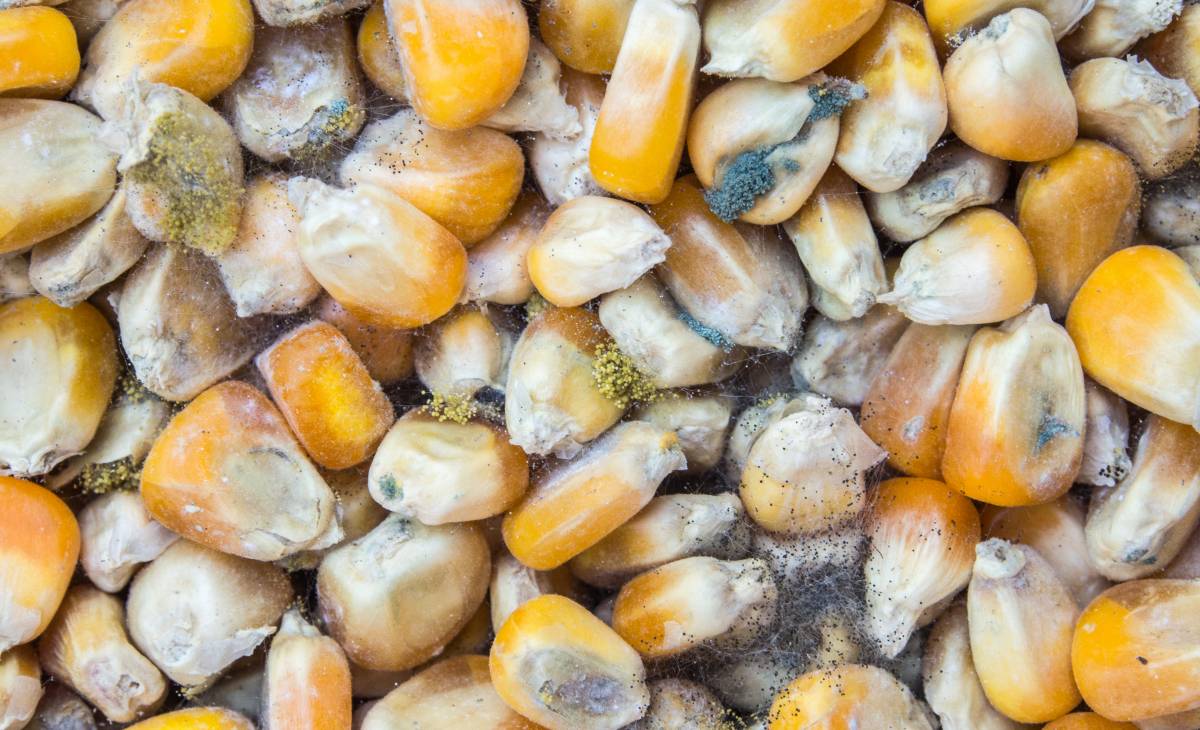Vomitoxin and Fumonisin are the most common mycotoxins worldwide
Which are the most prevalent mycotoxins in crops? To answer this question, in 2020 Biomin GmbH analyzed more than 20 000 samples from 79 countries, finding that the most common mycotoxins globally are the Fusarium mycotoxins, vomitoxin (DON, found in 65% of samples) and fumonisin (FUM, 64%), followed by zearalenone (ZEN, 48%).
The study uncovered worrying results in various regions.
In North America DON was found in 72% of corn samples and in 89% of cereal samples, with average concentration of the mycotoxin in maize (808 ppb) and cereals (1 721 ppb) quite high. In Central America, nearly all (97%) corn samples tested positive for FUM at an average of 1 820 ppb and a maximum of 24 233 ppb. In South America, both FUM and DON have been found in 83% of samples, with an average of positives of 2 280 ppb and 1 584 ppb respectively.
In Europe, the most prevalent mycotoxin is still DON (found in 70% of corn samples), with a maximum concentration as high as 11 875 ppb.
In Asia, FUM occurs in 96% of corn, followed by DON in 80% of the samples tested.
In Africa, DON was the most prevalent mycotoxin, followed by FUM and ZEN.
These results have been partially attributed to climate change. According to Alexandro Marchioro, senior mycotoxin expert at Biomin: "Extreme weather conditions and events, like drought, desertification and floods affect the life cycle of fungi, that influences mycotoxin occurrence”.
These contaminations are dangerous because they could lead to health problems in people that eat contaminated cereals, but also because mycotoxins could be eaten by farm animals, with major repercussions on the whole food chain. In this context, masked mycotoxin are particularly insidious: the report shows that moniliformin was found in 56% of samples, while other emerging mycotoxins that could have negative effects on the immune system of animals were found in a relevant share of samples.






















